A City and Life That’s Segregated
A look at our individual responsibility in creating change for Milwaukee.
When Milwaukee was selected to host the 2020 Democratic National Convention, the city was abuzz over the unlikely prize. Now that the virtual DNC has concluded, I am reflecting on the lost opportunities. The disappointment felt by the devastation of our well laid plans for economic impact and the missed chance to shine a light on our brighter spots will linger in the background of our city’s psyche for years. Though I join my fellow Milwaukeeans in that disappointment, I am equally as disheartened about the missed opportunity for reckoning, a chance to look deeply at our broken parts.
At a time when race is at the forefront our national discourse, Milwaukee’s legacy has much to contribute to the conversation. As cities across America go, we stand out as a city that is trying very hard but getting it all wrong.
We have been named the worst city in America for African Americans. We consistently rank among the most segregated cities in the nation. We have one of the widest gaps in prosperity between white and Black and Latino residents. Black Milwaukee consistently ranks last or in the bottom ten among 50 metro areas in the U.S. when it comes to indicators of well-being, according to a new study by Marc Levine, Professor Emeritus at the University of Wisconsin-Milwaukee and founding director for the Center for Economic Development. And we are nestled in the southeast corner of the state that incarcerates more Black men than anywhere else in the country.
A global spotlight might have shone a bright light on what lifelong Milwaukeeans have always known but don’t know how to repair: generations of profound segregation that’s created not one, but several distinct, separate and inherently unequal Milwaukees.
A New York Times travel article last fall described 36 hours in Milwaukee. It showcased the classic white experience – jaunts and activities located downtown and on the near south and east sides. The photographs depicted only white people.
In truth, the limited orbit of that travel piece could represent “36 Years in Milwaukee” for most of the white residents. A community that rarely strays from its exceedingly white neighborhoods and professional and social circles. We are a city full of many “whites only” enclaves; invisibly walled off from people of color in this city. To traverse beyond the walls an oddity because segregation runs so deep here that whites and people of color live and socialize almost exclusively within their own defined spaces.
In theory, we recognize the significance of this issue: for some the importance rests in the negative impact it has on our ability to attract business and talent to our city and region and for others it is a matter of moral or personal consequence.
As a consultant who works with organizations to do this work, I have been frustrated for some time, exhausted by navigating the city’s deep divides. Last year, I made a commitment to explore these issues in a more personal way. Guided by a genuine sense of curiosity, I interviewed 72 diverse Milwaukeeans about how they create a sense of belonging in such a racially segregated place.
What I learned is that Milwaukee’s unique strain of segregation is so deeply entrenched that white people here rarely see it or feel it. I asked all of the interviewees, “How does segregation personally impact your life?” The majority of white subjects said, simply, that it does not. They acknowledged the importance of the issue for the city but admitted that segregation didn’t touch their daily lives.
People of color, on the other hand, recognized the impact of segregation in their lives, sharing that it prevented them from developing the connections that led to professional opportunities and stymied the creativity that is born out of individuals with diverse perspectives and experiences regularly engaged in dialogue. Many Black and Hispanic people told me that it is burdensome to always have to meet white colleagues and friends in white spaces, where there are few, if any, people of color. And there was the perception that it was simply out of the question for those same white folks to venture beyond those spaces, to places where they would be the minority.
These have been my experiences too. I asked a white friend once whether he thought anyone found it odd that I was the only person of color in the restaurant where we were having dinner, in a city that is majority minority. He assured me that no one around us noticed or cared – except maybe me. I’ve attended a social gathering with white people who say they have prioritized racial equity and who routinely work on issues that affect people of color in our city where I was one of only two people of color in attendance – a fact that largely went unnoticed by anyone other than us two from what I could tell.
What I know to be true is that without change in our actual lives, our many programs and strategies are not likely to create change. The irony, of course, it is that segregation suffocates the potential of all our efforts. Segregation is the most important factor associated with poor outcomes in Black communities, says UWM’s Levine in his new study, and addressing it could help improve those outcomes. “Cities with the highest levels of segregation are the ones that generally have the highest levels of Black concentrated poverty, worst rates of Black joblessness, and lowest rates of upward mobility for Blacks born and raised in segregated neighborhoods.” Levine shares, pointing out that segregation is both the problem and the solution.
But that means looking at ourselves, and we’d rather look elsewhere, spinning our wheels again and again, wondering whether it is the wrong evidence-based programs or poorly designed models that are really barring progress. We switch things up often, perpetually fixated on the newest and shiniest silver bullet, certain each time that we have found the solution that will propel us toward real change. We remain willfully oblivious to the fact that the critical component rests within our individual lives. The path to dissolving segregation and, thereby actually changing our city, lies in our willingness to change our everyday behavior.
My hope was that the DNC would bring together diverse gatherings of Milwaukeeans in an unprecedented way, allowing us to temporarily embody a new way of being. This might have triggered a collective ‘a-ha’ that allowed us to connect the dots. It could have been our moment, like Bruce Leroy when he realizes he is the master and the power of the “glow” lies within him. Or, for my white friends, like Dorothy when she learns she had the power to return home all along. Now that this once-in-a-generation opportunity has passed us by, I wonder when my adopted city will realize that we are the answer to the problem we are so desperately trying to solve.
If you think stories like this are important, become a member of Urban Milwaukee and help support real, independent journalism. Plus you get some cool added benefits.
Op-Ed
-
Unlocking Milwaukee’s Potential Through Smart Zoning Reform
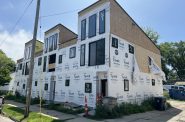 Jul 5th, 2024 by Ariam Kesete
Jul 5th, 2024 by Ariam Kesete
-
We Energies’ Natural Gas Plans Are A Mistake
 Jun 28th, 2024 by John Imes
Jun 28th, 2024 by John Imes
-
Milwaukee Needs New Kind of School Board
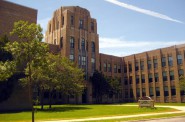 Jun 26th, 2024 by Jordan Morales
Jun 26th, 2024 by Jordan Morales

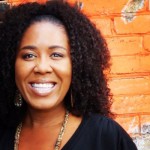
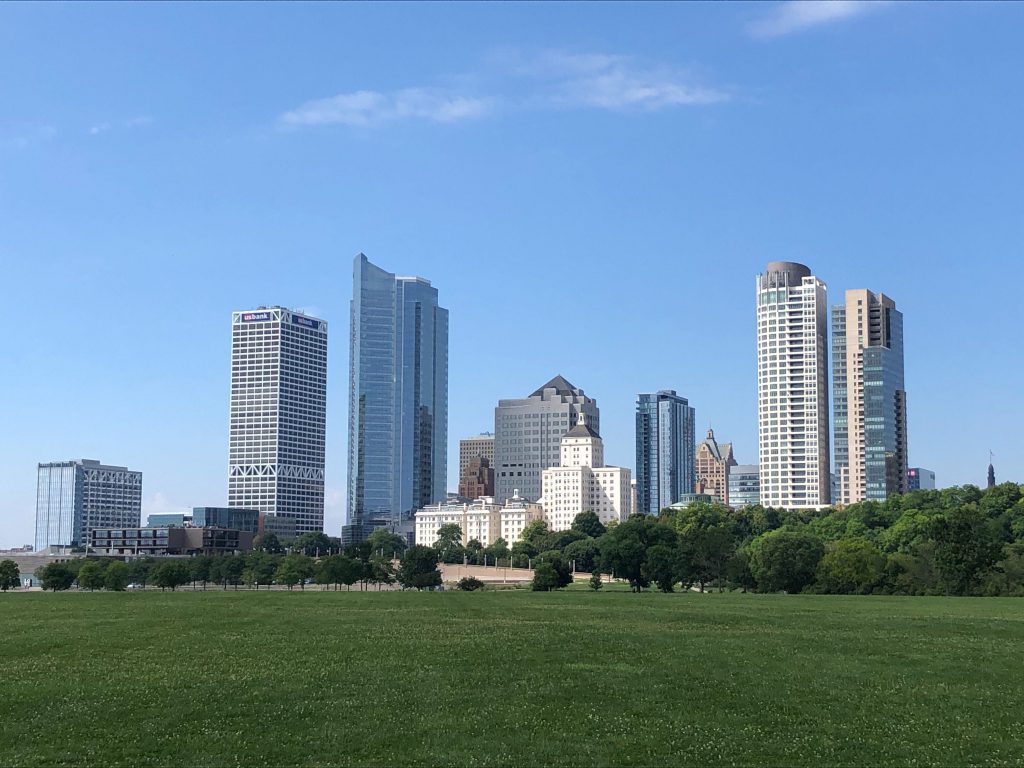
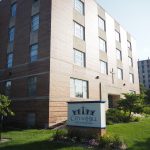

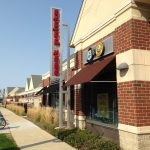
















Thank you for your editorial. Ms Samari’s observations are painfully true. This is a racist, segregated city and the white leaders have no intent to change anything. I adopted Milwaukee after coming here for university in the 60s. I love this city- I am a person of white. We chose to stay in this city and send our kids to MPS,and we are glad we did. However,I, too, am discouraged. In the Black Lives Matter marches, I cannot recall seeing or hearing that any of our City leaders have participated. Has Mayor Barrett spoken up? Turned up? Any of our Alderpeople?. Even our new city attorney seems to have “ waffled” on his alleged understanding that BLM marches have been peaceful, and that tickets needed to be ripped up. At a time when our city leaders- Milwaukee: you- should be speaking up and out, loud and clear, they’re mostly silent. Even our Black alders! Are they given a sleeping potion once elected???
My view is that there is a dying off “ white power structure” that has no intention of changing the racist structure of our criminal justice system, or our economic empowerment system.
However, I am old. I do sense a growing current of brilliant, focused, intellectual, artistic, and social upheaval. It will bring us new leadership, new passion, new hope, new opportunities. There is brilliance in this city. It’s just not risen to its deserved height. Maybe after all the old white racists die off?? It won’t happen, though, unless we people of white wake up and join in the change. I think I am waking up. That’s why, every time a white friend says “ I don’t get it,” I’m going to respond, skillfully, I hope: if you don’t get it, you’re part of the problem.
In one brief article, this lady accurately and succinctly hit every nail on the head.
This is an extraordinary piece. And Ms. Samari puts her finger on what is one of the core problems: the fact that these patterns are so entrenched that they are “just the way we live and do things here.” As Tolstoy said, in Anna Karenina, “There are no conditions to which a person cannot become accustomed, especially if they see everyone around them living in the same way.” As someone who grew up in Milwaukee, have lived my adult life in New York City, but kept my ties to my hometown, I am often struck by the Milwaukee restaurant example , that I am the only one in a group of Milwaukee friends who notices that everyone in the place is white. Parallel example: visitors to New York ask me, “how can you stand all of this noise?” My response: “What noise?”
And, living with extreme segregation, what Ms. Samari refers to as “invisible walls,” has a whole set of bad consequences. Israel built its separation wall years ago, the result being a sharp decline in the interactions of Jewish Israelis and Palestinians. In that time, year by year, the view of each group of the other has become more negative and hostile. A lack of normal human interactions produces the situation in which each group judges the other by its worst members. You see a lot of that in Milwaukee. It is an inevitable outcome of separation and isolation.
I live in a strange neighborhood on Manhattan’s upper west side. My neighbors include white people living in public housing, “the projects” next door, and wealthy black people living in multi-million dollar brownstones. Tricky place to judge a book by its cover, as even the cops have figured out. My building is a mix of races. The effect of this is to realize that the big differences among people are within and not between groups. People in my building and on my block don’t like other people, often people in their own racial or religious group. But they don’t make group judgements because they know and live with other – non-annoying – people in that group. We also have the great leveler, the subway system where you interact with all kinds of people.
The point in this is to take Milwaukee’s pattern of segregation out of the realm of blaming and labeling, and, as Ms. Samari does, present it as a problem to be solved. The starting point being to name the problem and what happens because of it. In that sense, I would add a couple of points to her narrative, and would be very interested in her response to them. First, segregation and de-industrialization have produced not only poverty and isolation, but a deeply entrenched sense of pessimism about the possibilities for positive change on the city’s North Side. That pessimism seems to me to be pervasive, affecting the city’s political, philanthropic, corporate and community leaders across races, as well as residents. If you believe substantive change is not possible it won’t be. And, it has produced a zero-sum mentality in which community groups see everyone else as a competitor for a small pool of available dollars. Two points: there is a need to address the issue of pessimism frontally, and to realize that sometimes, throwing money at problems is the solution, or at least a big part of it.
Then, it seems to me to be important to acknowledge that a child born into a poor family on the North Side today is pretty certain to grow up in a segregated community. That does not mean that he or she can’t grow up in a healthy community and have opportunities for a happy and successful life. And that, as Ms. Samari points out, that his or her talents will stay in Milwaukee. It is a depressing reality that when I talk to Black friends who have left Milwaukee, to a person, they say they would never return to live there. Or to talk to a Black hotel manager who, when asked to compare Milwaukee to her hometown, Memphis, said, “Oh, Milwaukee is way worse.”
Dominique Samari’s column should be a starting point for moving toward real action, and not the kinds of “let’s do something” steps that she identifies that don’t lead anywhere. Given the times, there is an opportunity to take actions that are commensurate with the scale of the problems that these communities face. Will the city’s leaders seize that opportunity? History says the answer to that question is “no.” They should all read – and reread – Ms. Samari’s words.